Ischial Tuberosity Pain Syndrome
Ischial tuberosity pain syndrome. It is often misdiagnosed resulting in prolonged periods of no running and unnecessary pain. Ischial tuberosity pain syndrome is an umbrella term that describes pain in. The thickness of these ligaments could result in entrapment of the Pudendal Nerve often referred to as Alcock Canal Syndrome or Cyclist Syndrome.
The Sacrotuberous Ligament comes from the Ischial Tuberosity and inserts onto the sacrum and the coccyx while the Sacrospinous Ligament lies at 90 degrees to it deep to the Sacrotuberous Ligament and attaches onto the Ischial Spine. These syndromes involve either the low ischial tunnels and are associated with hamstring attachment or the upper ischial tunnel in association with the obturator internus tendon or sometimes the mid portion ischial tunnel. Weakness l leg wstandingexertion.
Similar to ischial bursitis the pain will be in a similar region and can be a cause of sciatic nerve pain. Back stiffness difficulty straightening. Pain in the region of the ischial tuberosity which may also radiate to the lower leg Pain is aggravated by prolonged sitting Tenderness may occur over the ischial tuberosity.
According to the journal Hip Pelvis pain in the pelvic area can occur. Ischiofemoral impingement and ischial tuberosity pain syndrome The complexity of ischial tuberosity pain syndrome can be seen in patient case histories and their stories of treatments. Inflammation of the ischial tuberosity may have the effect of putting some pressure on the sciatic nerve as it passes in adjacent proximity.
The sciatic nerve in some runs through or beneath the piriformis and can cause numbness and tingling along the back of the leg and into the foot. Symptoms include pain and tenderness at the ischial tuberosity just under the buttocks. Ischial bursitis causes pain in the buttocks and upper legs.
Due to these activities athletes have constant strain into the leg muscles. Athletes often complain about pain in the posterior hip that sometimes radiates down the back of the thigh. Causes for this include well-known pathologies such as lumbosacral radiculopathy sciatica snapping iliopsoas tendon piriformis syndrome hamstring tendinopathy hip joint labral injury ischial bursitis and spinal stenosis.
Ischiofemoralimpingement syndrome is a condition that happens when the ischium and the head of the femur are under extra pressure usually because of trauma overuse or surgery. The patient afflicted by the ischial tuberosity syndrome generally complains of a pain pattern or numbness or both usually restricted to the lower buttock and posterior thigh but may further follow.
Symptoms include pain and tenderness at the ischial tuberosity just under the buttocks.
Pain is likely to be felt when stretching the hamstring muscles and becomes worse with exercise particularly repetitive exercises like long-distance running. The patient afflicted by the ischial tuberosity syndrome generally complains of a pain pattern or numbness or both usually restricted to the lower buttock and posterior thigh but may further follow. It is often misdiagnosed resulting in prolonged periods of no running and unnecessary pain. The ischial tuberosity has many different muscle connections that make developing ischial tuberosity syndrome more common in athletes that take part in sports such as hurdling cycling running. According to the journal Hip Pelvis pain in the pelvic area can occur. Pain in the region of the ischial tuberosity which may also radiate to the lower leg Pain is aggravated by prolonged sitting Tenderness may occur over the ischial tuberosity. Symptoms include pain and tenderness at the ischial tuberosity just under the buttocks. Ischial bursitis causes pain in the buttocks and upper legs. Pain l ischial tuberosity wouter hip tension.
Athletes often complain about pain in the posterior hip that sometimes radiates down the back of the thigh. Ischial Tuberosity Syndrome Pain As mentioned above Ischial tuberosity is very common to athletes who take part in the sports such as jumping running cycling soccer skating etc. The Sacrotuberous Ligament comes from the Ischial Tuberosity and inserts onto the sacrum and the coccyx while the Sacrospinous Ligament lies at 90 degrees to it deep to the Sacrotuberous Ligament and attaches onto the Ischial Spine. Pain in the region of the ischial tuberosity which may also radiate to the lower leg Pain is aggravated by prolonged sitting Tenderness may occur over the ischial tuberosity. It is often misdiagnosed resulting in prolonged periods of no running and unnecessary pain. Ischiofemoralimpingement syndrome is a condition that happens when the ischium and the head of the femur are under extra pressure usually because of trauma overuse or surgery. Ischiofemoral impingement and ischial tuberosity pain syndrome The complexity of ischial tuberosity pain syndrome can be seen in patient case histories and their stories of treatments.

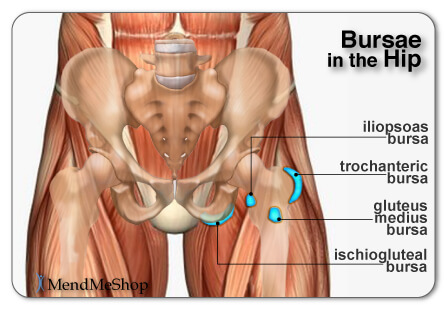

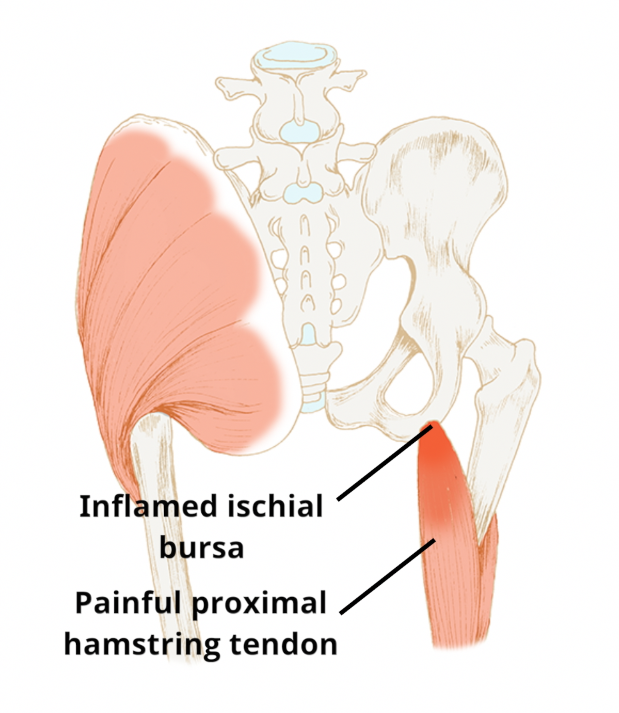
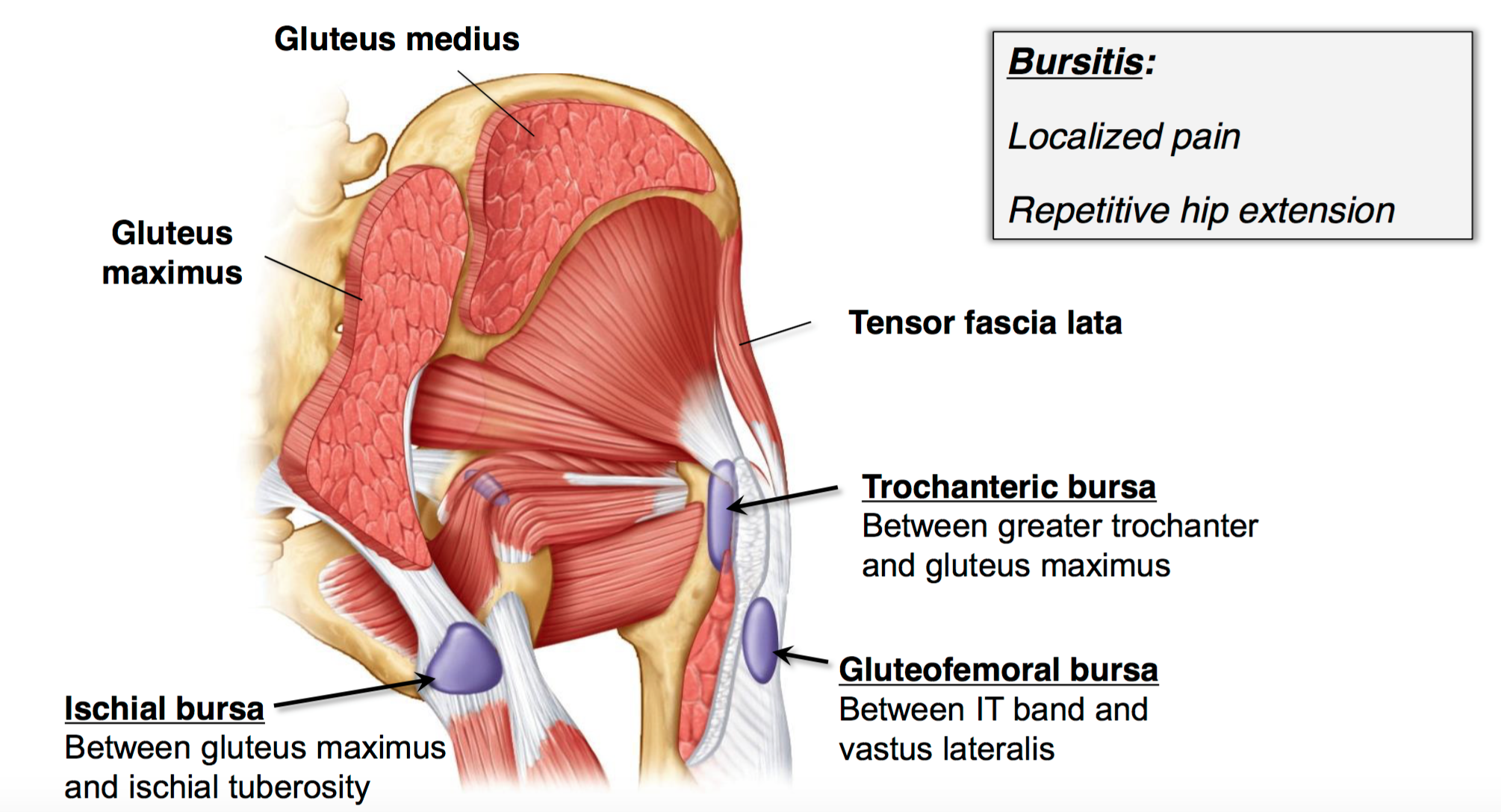


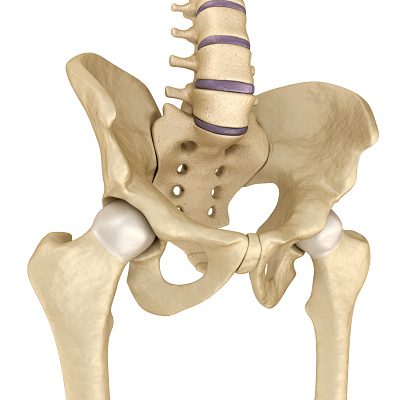


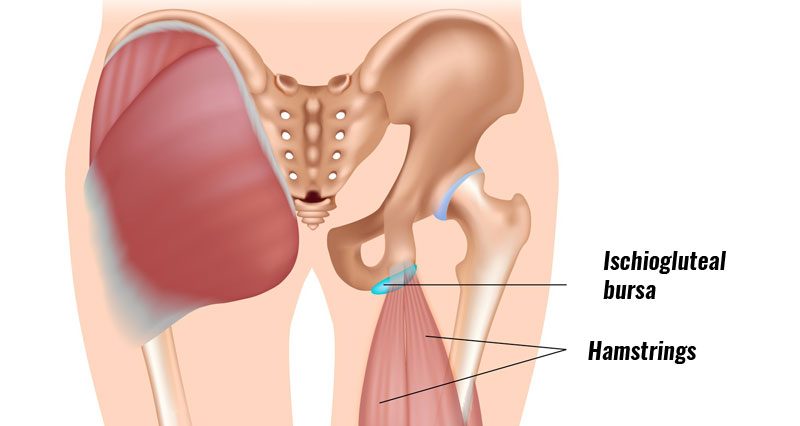
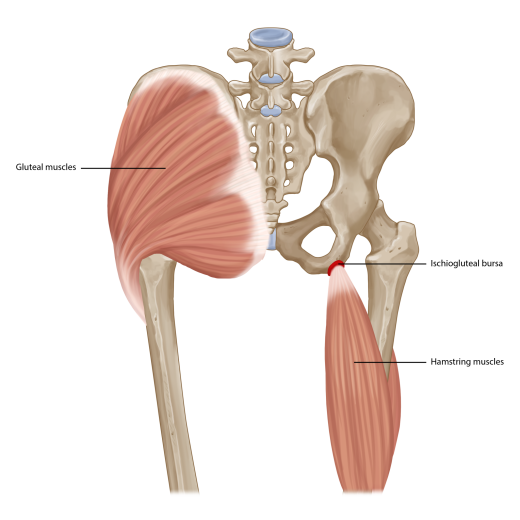




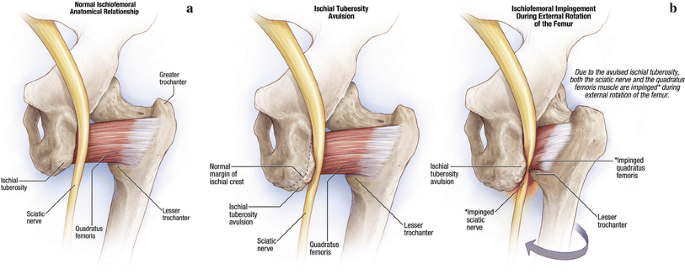

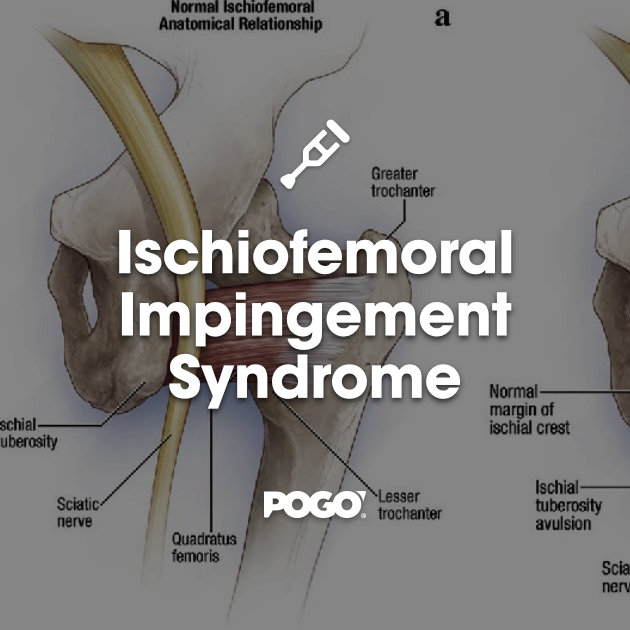

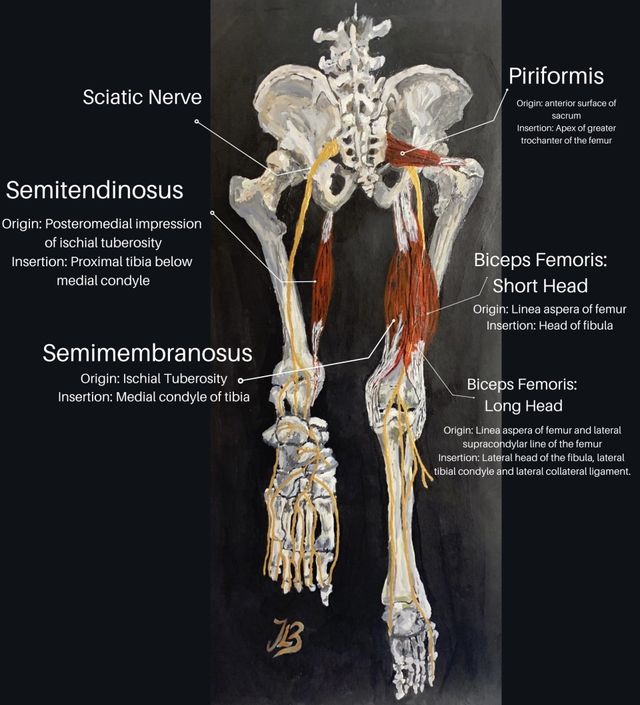



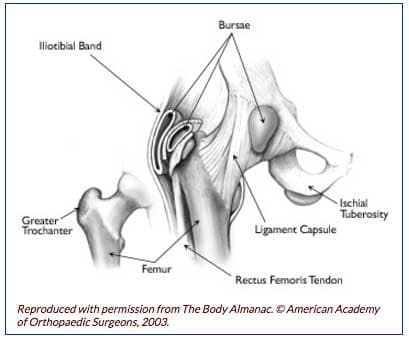



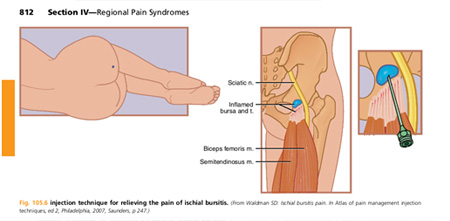





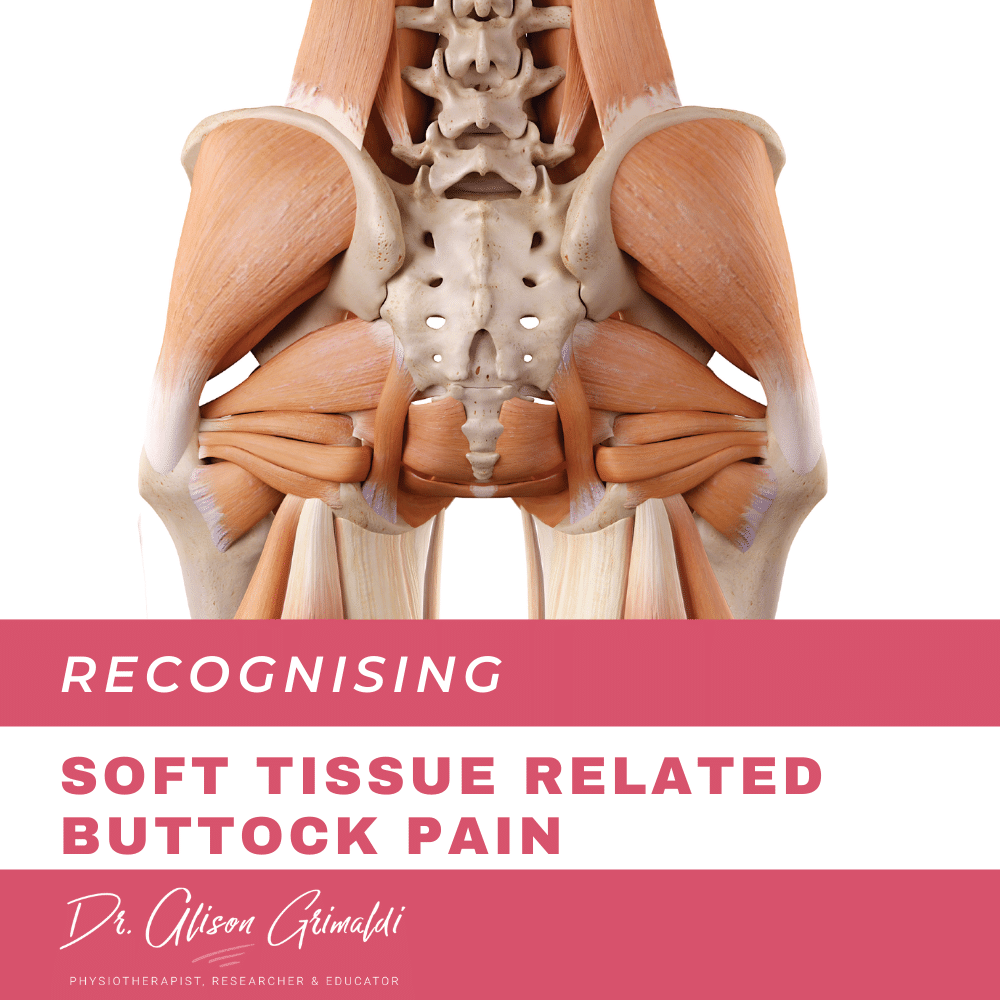


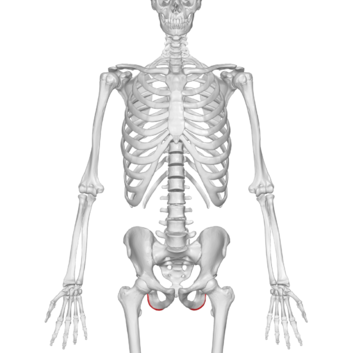



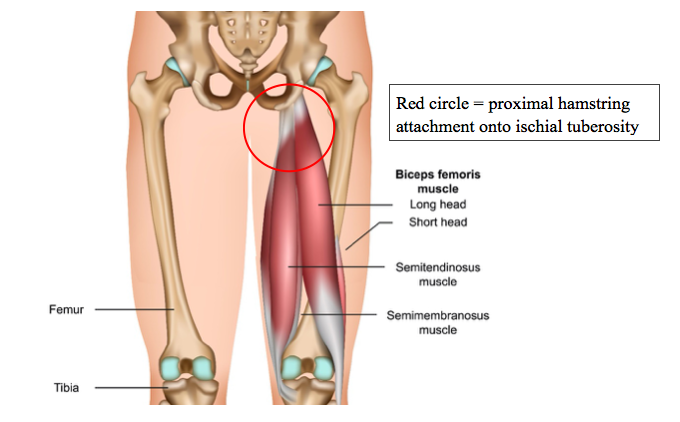
Posting Komentar untuk "Ischial Tuberosity Pain Syndrome"